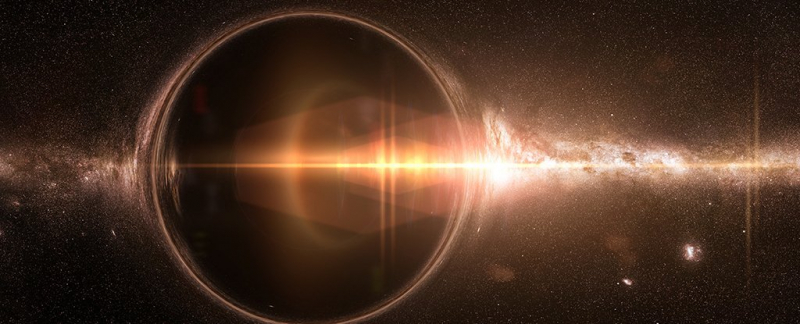Hawking Radiation
As the name suggests, one of the major accomplishments of Stephen Hawking is the Hawking Radiation. Even after all these years, researchers are still researching this idea because it surfaced very early in his career.
The video above does a passable job of attempting to explain Hawking Radiation, although the high-level overview is simple to understand. Understanding the ins and outs of Hawking Radiation requires some actual understanding in physics. Hawking Radiation describes how black holes can truly bleed energy to the point of disappearing rather than being simply understood as gravitational gluttons that can only ever expand in mass.
Hawking's work on the subject was a significant accomplishment, yet he isn't the only researcher credited with advancing our understanding of black hole radiation. Given the quantum structure of particles, Stephen Hawking demonstrated that the black hole cannot be considered to contain everything. They release particles and radiation. It's possible that this emission will continue until the black hole disappears. Before, scientists thought that nothing could ever escape a black hole. Stephan Hawking demonstrated in 1974 that black holes emit radiation, which may persist until they run out of energy and disappear. Although Stephen's prediction of the so-called Hawking radiation initially sparked debate, the subsequent study was regarded as a significant advance in theoretical physics.










